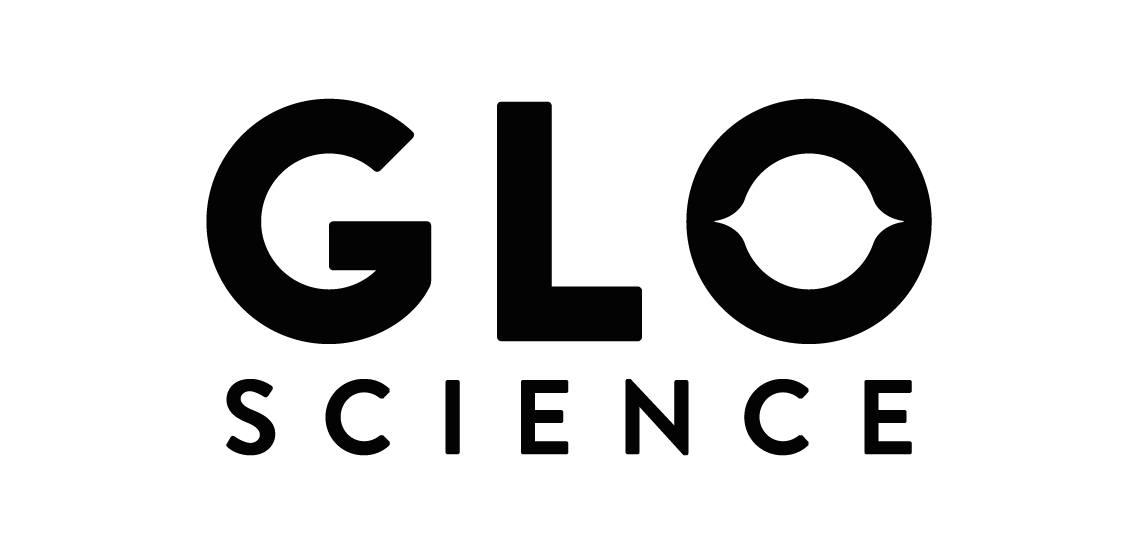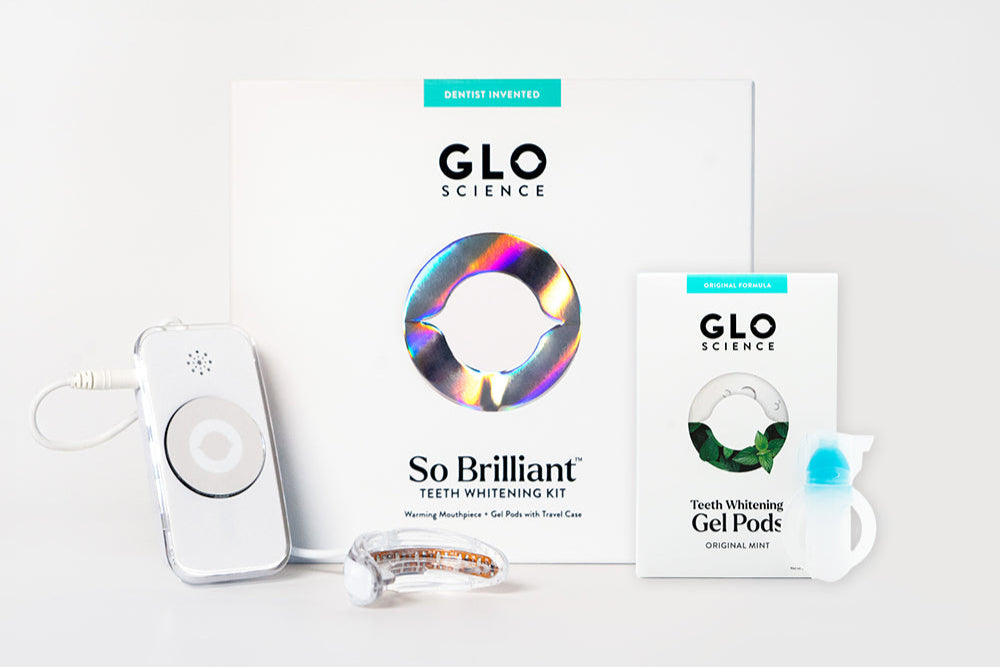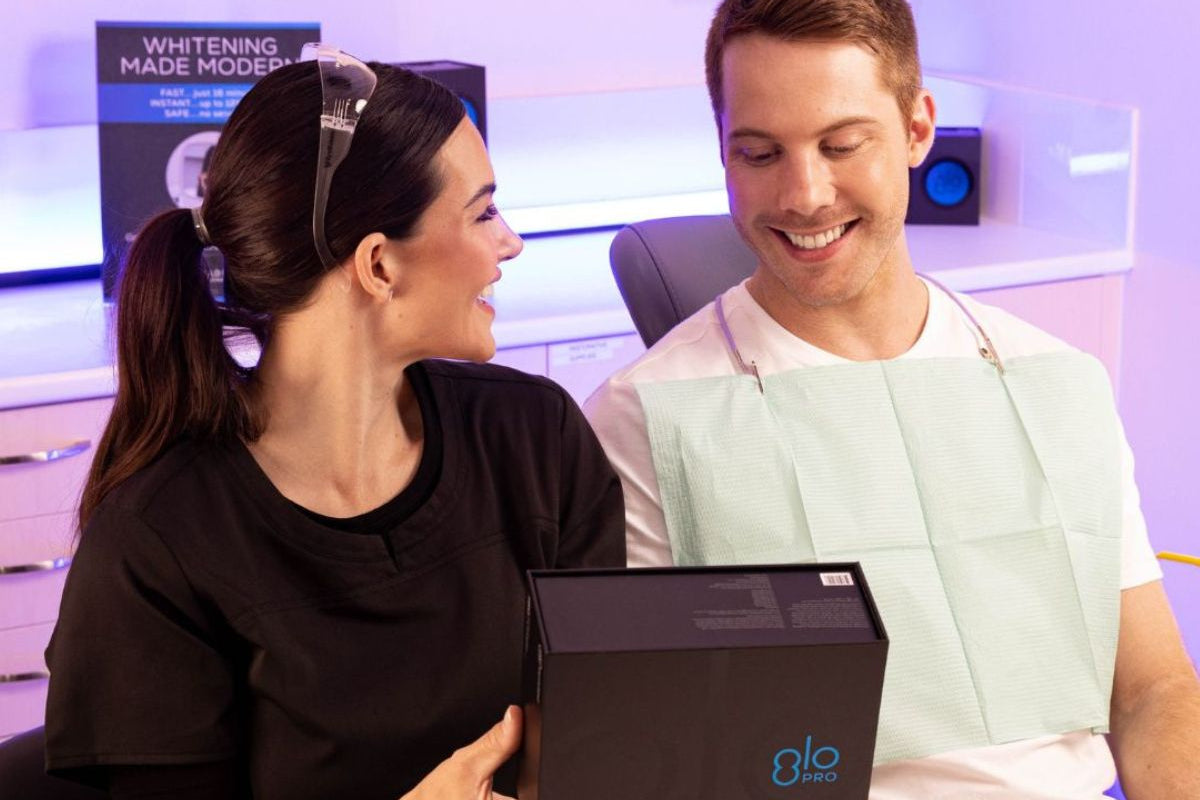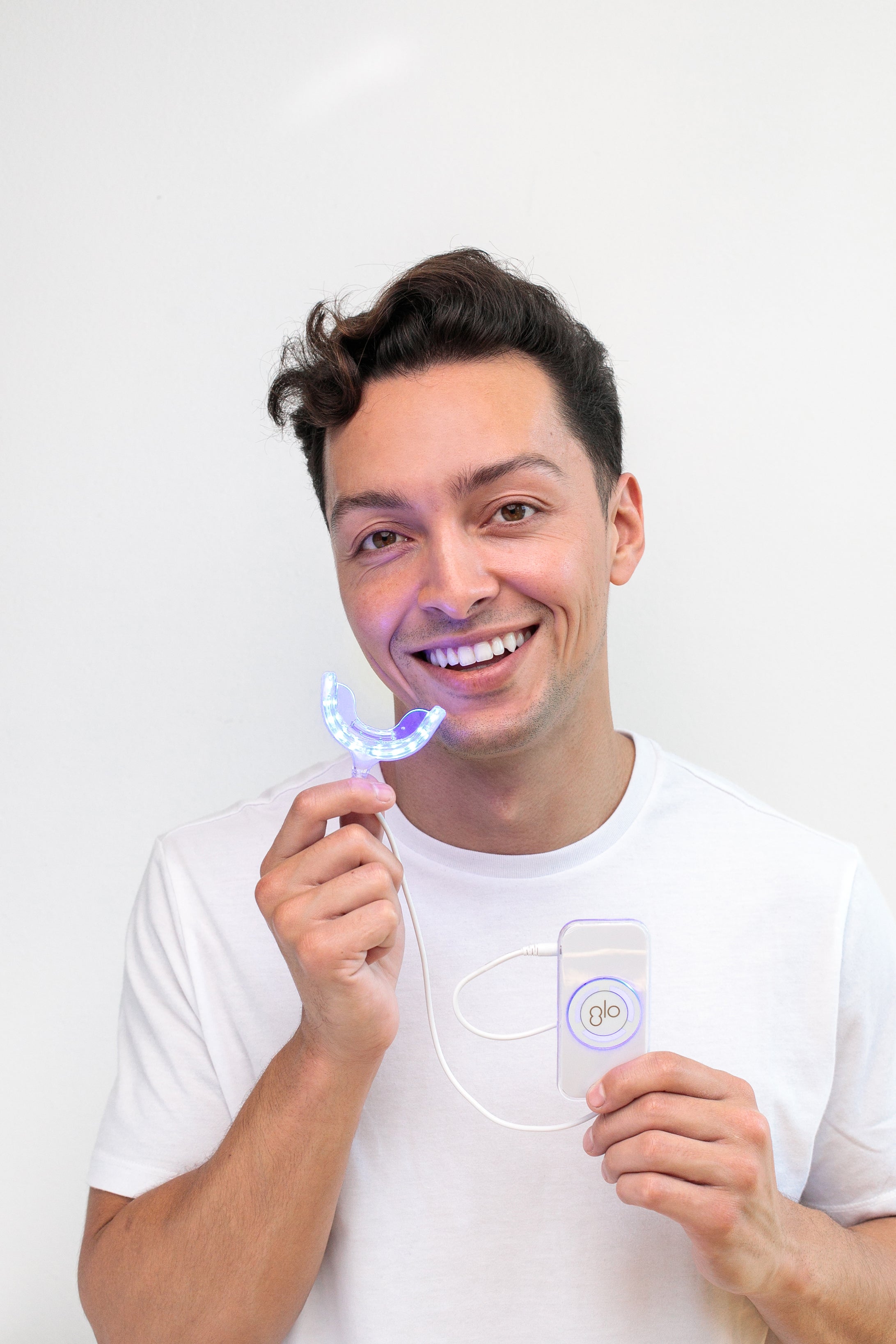Teeth whitening is one of the most popular cosmetic procedures today. Brightening your smile is an easy, quick, and cost-effective way to enhance your overall appearance and boost your confidence by creating a smile you’re proud of. There are countless teeth whitening treatments on the market today, from do-it-yourself therapies that can be done at home to cutting-edge whitening treatments that only a trained dentist can apply.
Have you been considering enhancing your smile with teeth whitening? You likely have many questions about whitening your teeth, which teeth whitening treatment is correct for you, teeth whitening ingredients, and teeth whitening cost. This is the last teeth whitening guide you’ll ever need. Keep reading to learn about everything there is to know about whitening your teeth.









